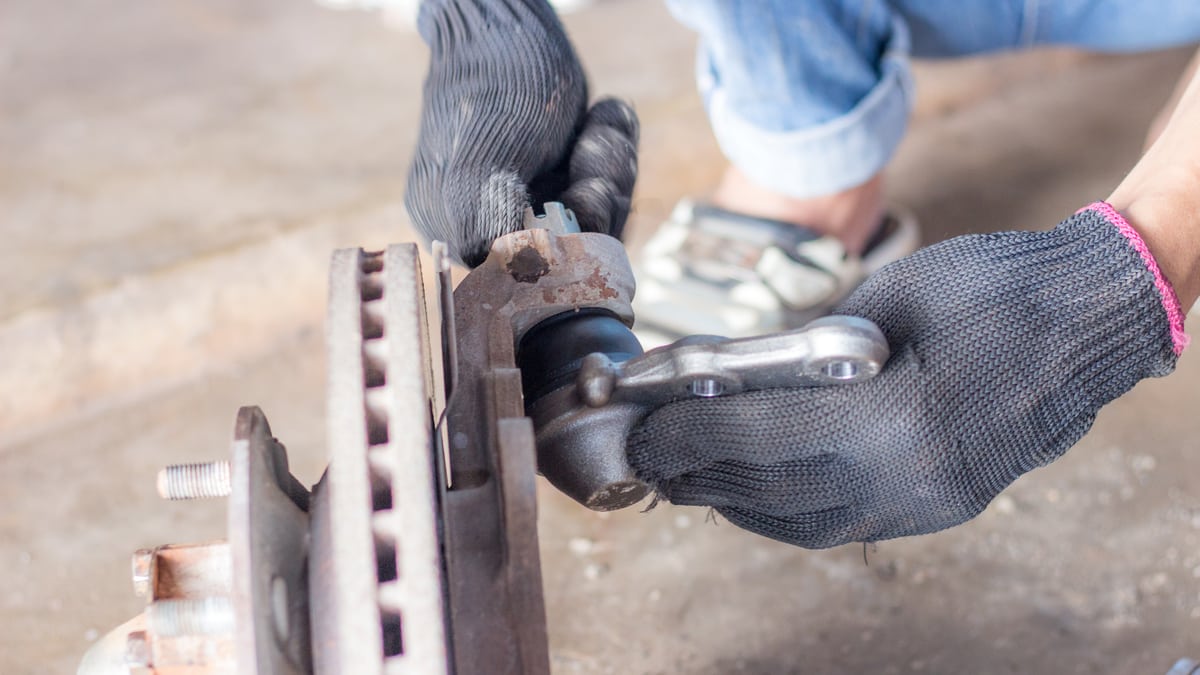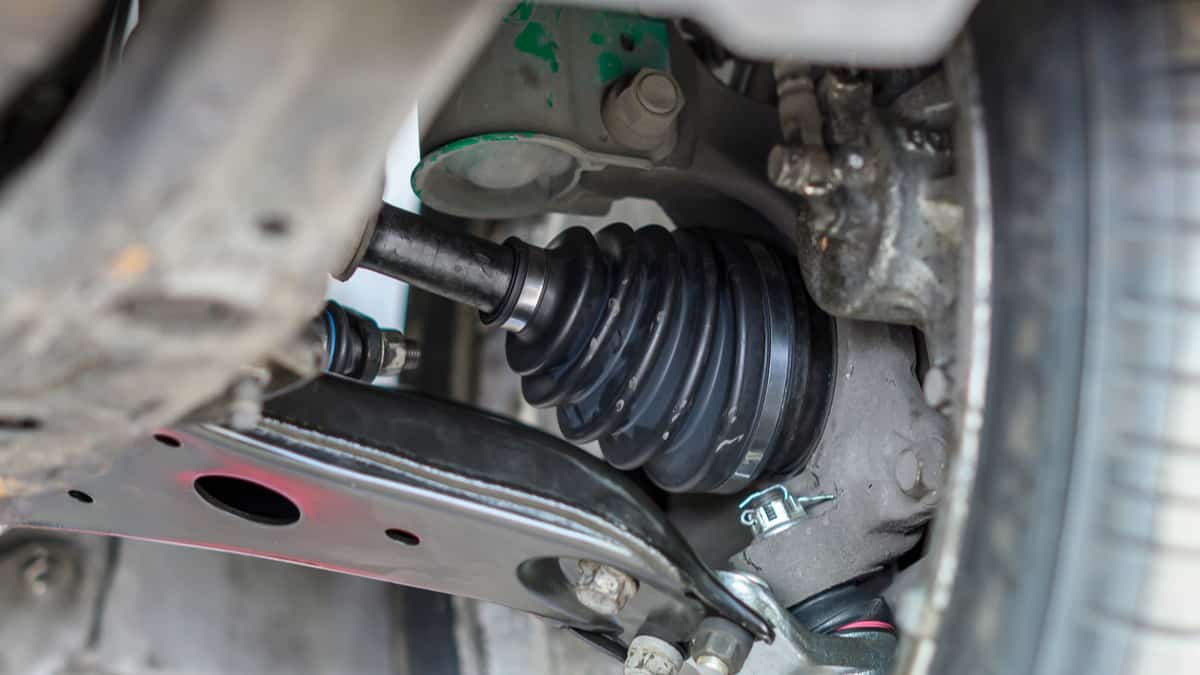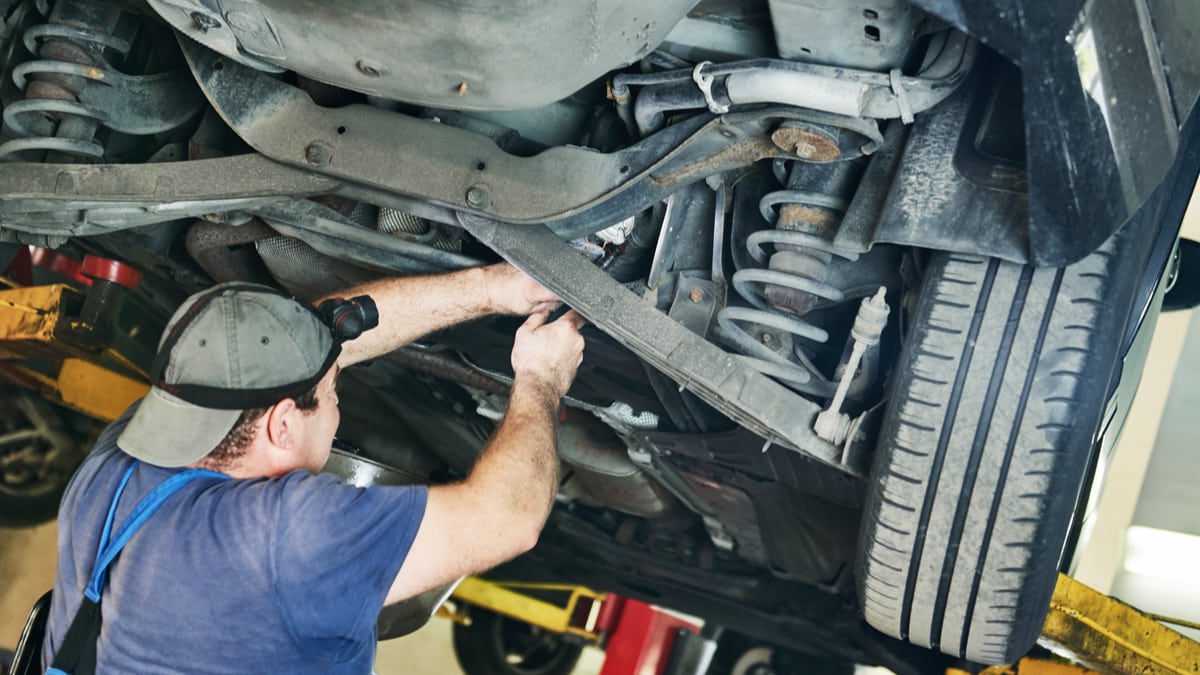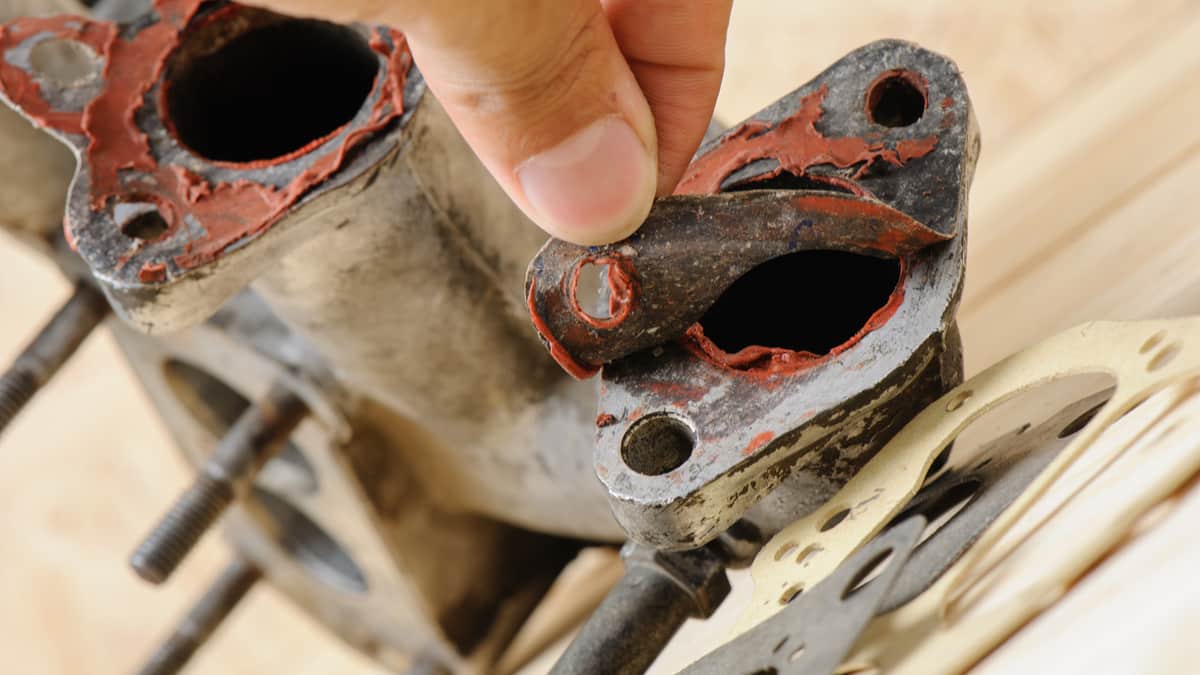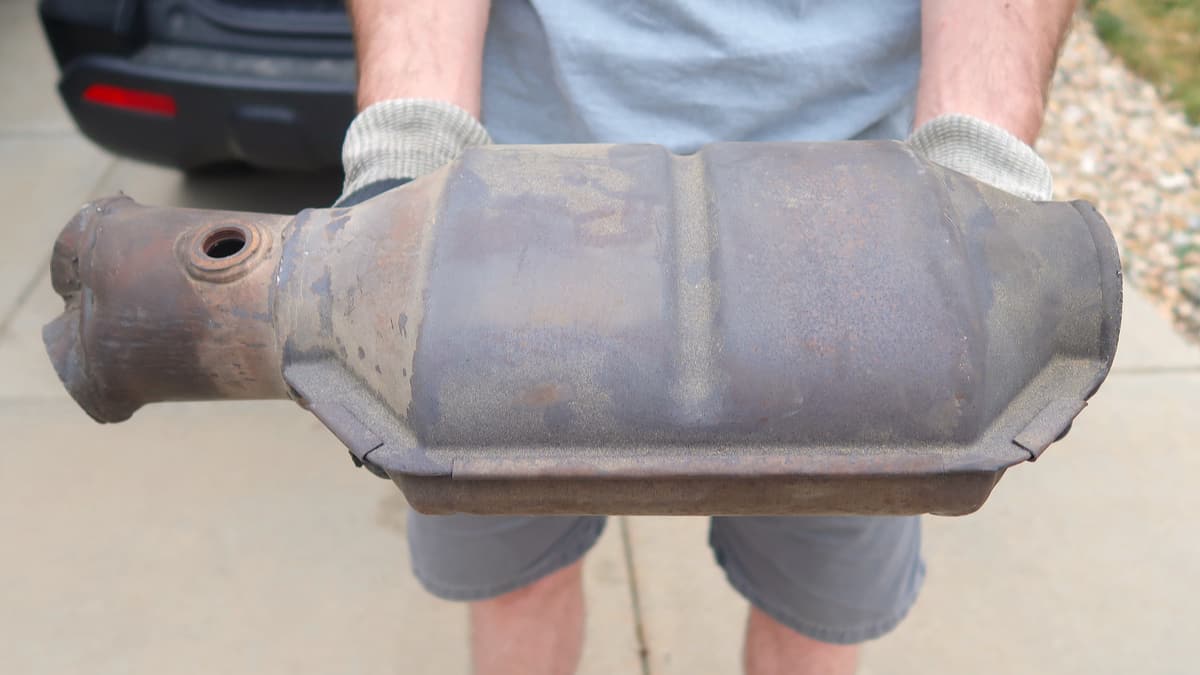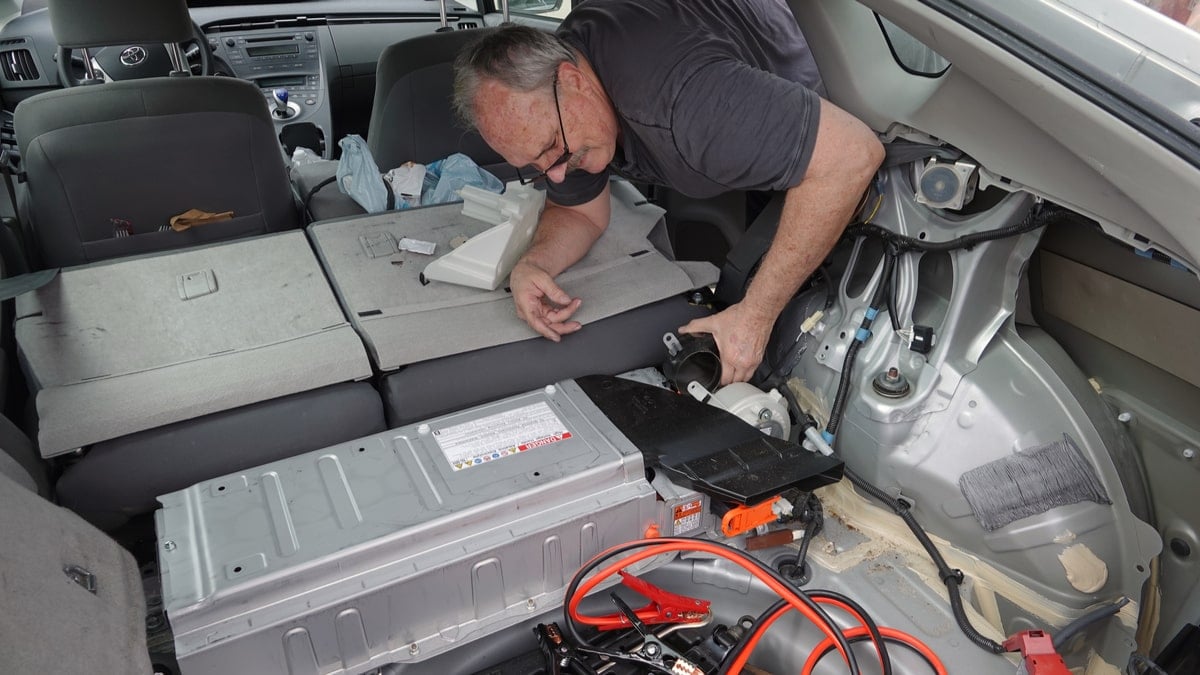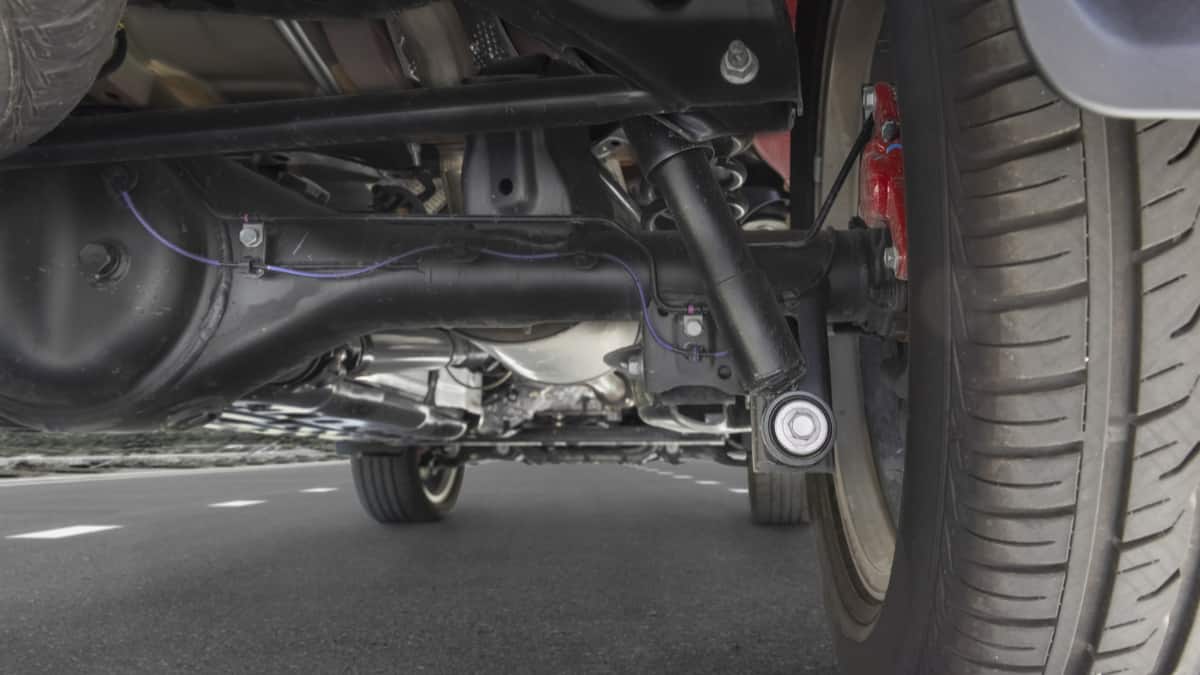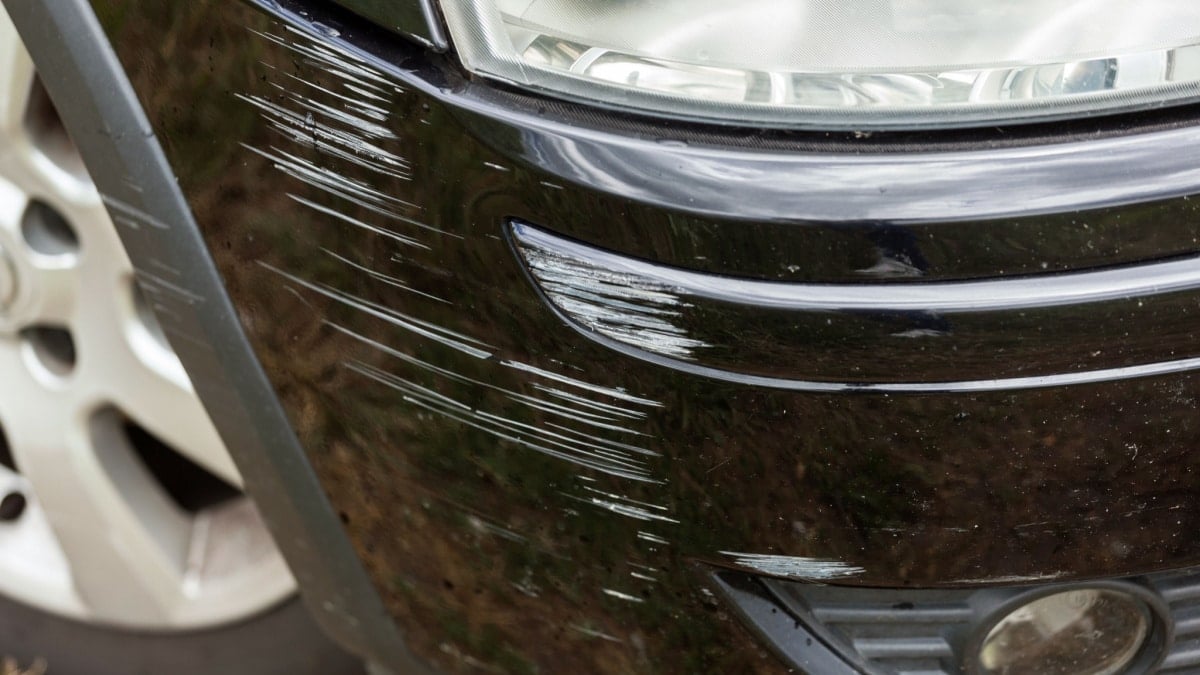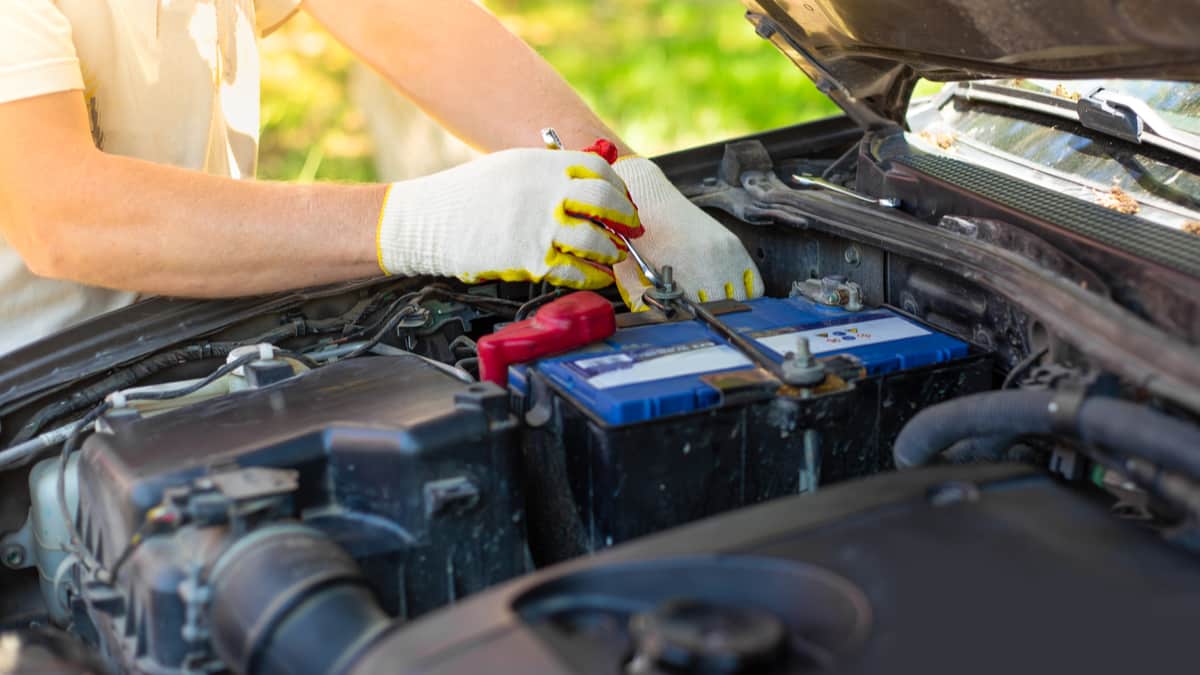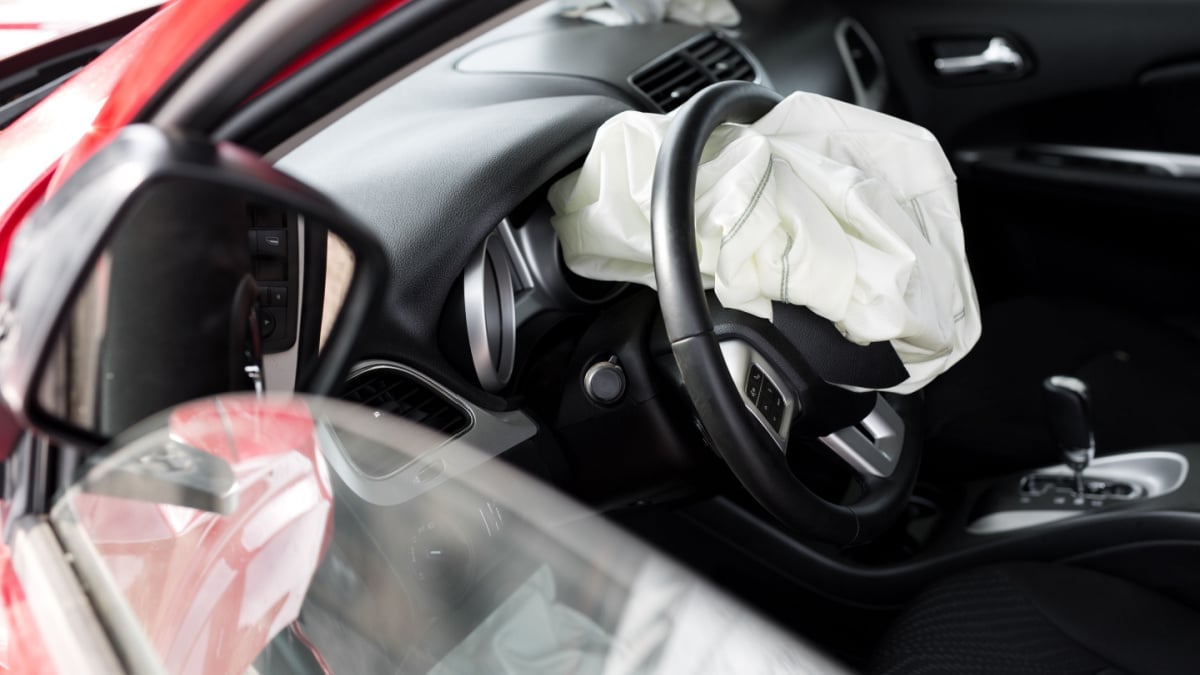Ball joints are a main part of the vehicle’s suspension system. If the ball joints become damaged, the ride quality is quickly affected. For this reason alone, it’s important to have the ball joints replaced at the first sign of trouble.
In this guide, I break down the average replacement cost for ball joints. I also explain what makes this part so critical, and show you signs that the ball joints are failing.
How Much Does It Cost To Replace A Ball Joint?
On average, a ball joint replacement should cost around $300 for parts and labor. The parts are usually between $100 and $175, while the labor could cost $125 to $200. If you take the vehicle to an independent shop, it will be cheaper than going to a dealership, or you could do it yourself.
Certain factors can alter the price. For example, if you drive a luxury car, you can expect the parts to cost more. Additionally, if other suspension parts need to be replaced at the same time, the bill is going to be higher. There’s always the chance that the upper and lower ball joints need to be replaced at the same time, essentially doubling the cost.
To get your best price, it’s good to shop around. You can get quotes from multiple repair shops and choose the one you like the best. However, you don’t want to select a shop to work with on price alone. Make sure you also check the customer reviews and reputation. Sometimes, you pay more to go with the cheaper company, especially if more problems arise after the repair.
What Is A Ball Joint?
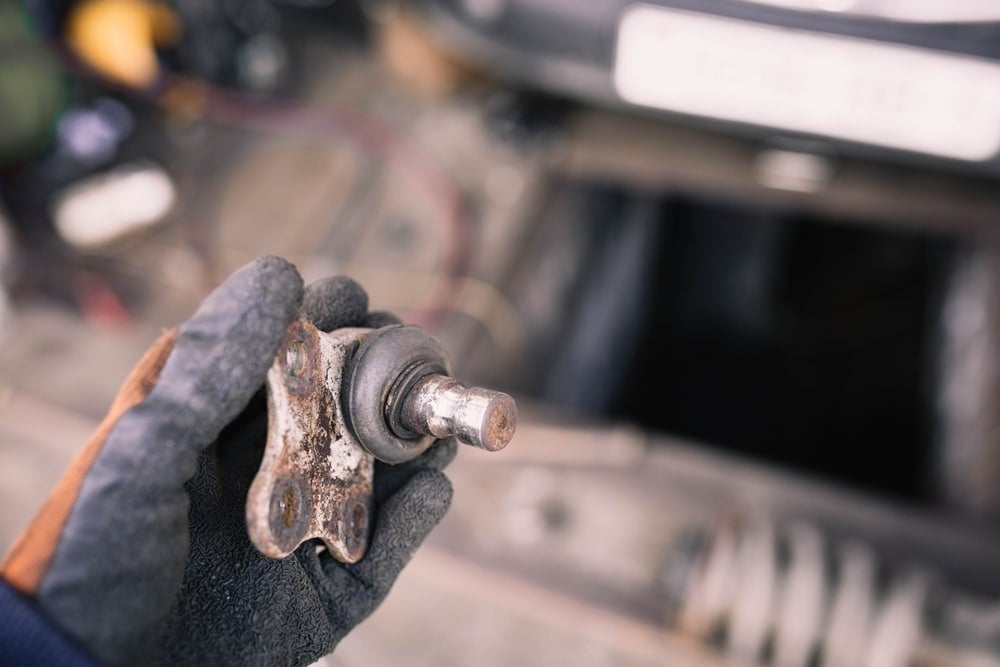
The ball joint operates just as it sounds. It works as a ball joint would in your own body, such as with your hip or shoulder. The ball rotates inside its structure, moving in all directions, allowing the control arm and steering knuckle to rotate and move in unison with one another.
Over the ball joints, there are normally rubber boots that provide protection. Inside this boot, there’s grease that lubricates the joint. It also keeps contaminants, dirt, and dust to a minimum. If dirt gets into the joint, damage can occur, keeping the ball joint from providing the suspension support it needs to.
When you drive your vehicle down the road, the wheels encounter bumps. Because of the ball joints, the wheels can move but still remain planted on the road. If the ball joints weren’t working, the wheels could come off of the street surface when the car hit a bump.
Additionally, the ball joints rotate the wheel assembly whenever the steering wheel is turned. Because of the ball joints, the wheel assembly can rotate as well as move vertically. In some vehicles, there are upper and lower ball joints, but a few vehicles only have lower joints.
Bad Ball Joint Symptoms
1. Unusual Suspension Noises
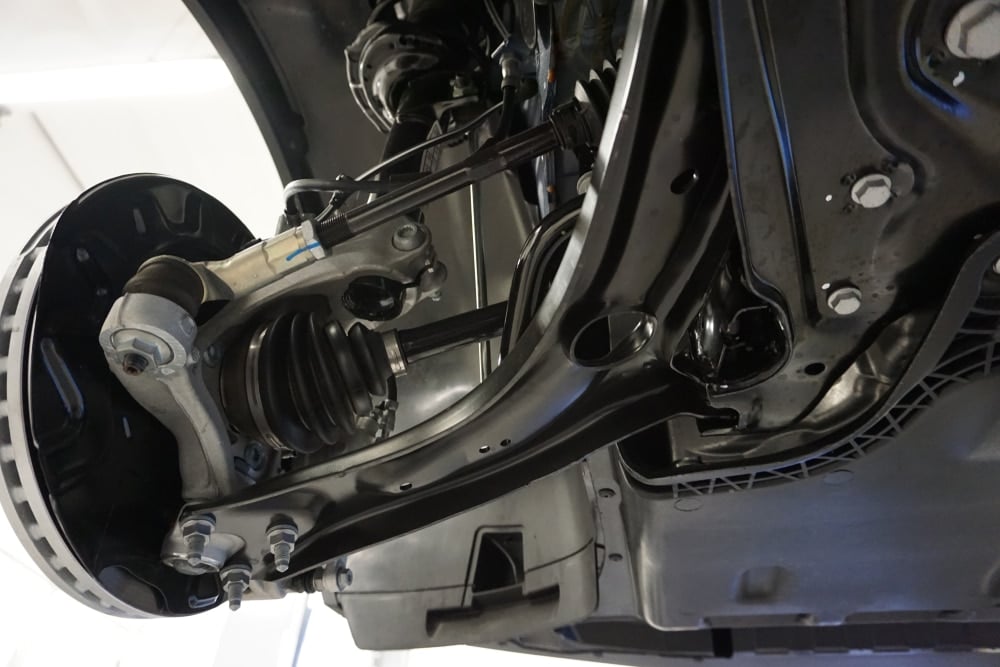
When everything is running as it should, there won’t be any strange sounds occurring when you hit a bump. However, when the ball joints fail, you will start to hear a clunking sound, especially on uneven terrain.
This sound indicates that the cushioned material in the joint is wearing or worn out. What’s left is a metal ball that rolls around inside the compartment without any cushioning. It creates a metal-to-metal sound that most describe as a clunk. This sign indicates that complete failure is imminent. Don’t wait any longer to have the ball joints inspected.
RELATED: 5 Symptoms of a Bad CV Joint (& Replacement Cost)
2. Steering Wheel Vibrates
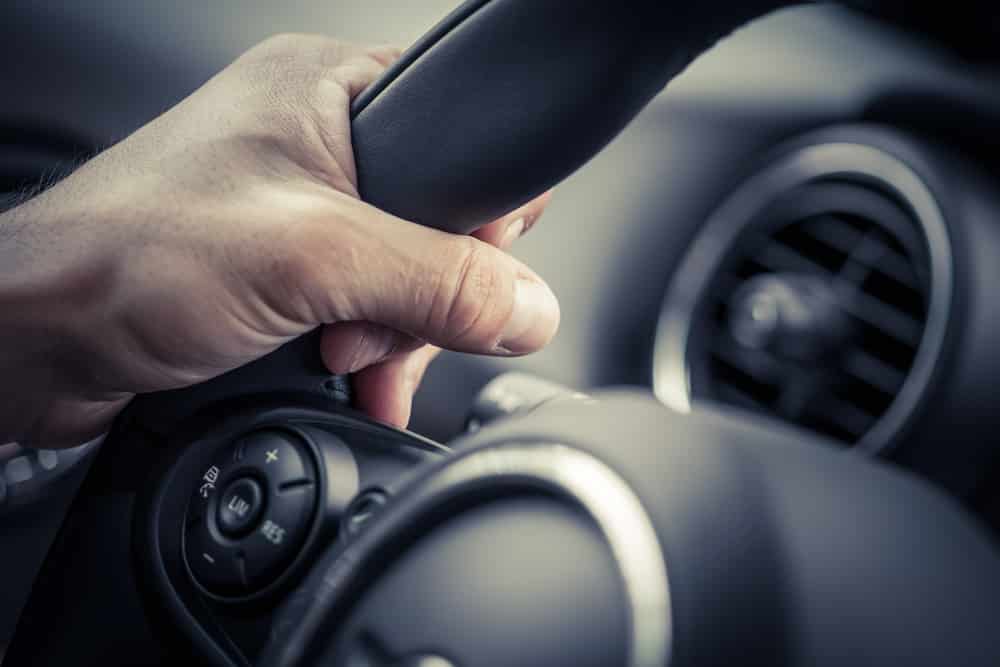
As the ball joints begin to fail, there will be some noticeable vibration occurring in the steering wheel. When operating normally, the ball joints fit snug, so there isn’t any play in the joint. As the ball joints wear, there’s much more play.
Since these joints are connected to the car’s steering knuckle, you will notice a vibration that gradually gets worse. Your best bet is to have it replaced before it causes any more trouble.
3. Uneven Tire Tread Wear
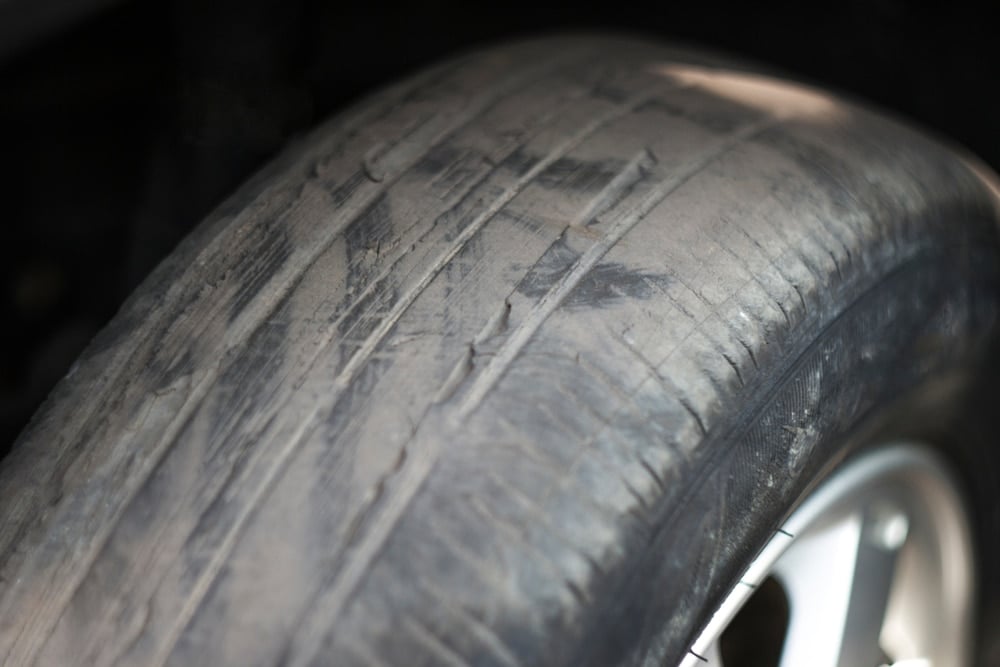
If you’ve had the wheels aligned and tires rotated but are noticing one is wearing faster than the others, the ball joints could be the problem. As the ball joint wears, the tire it’s working with can fail to move up and down appropriately over bumps.
With excessive play, the tires can wobble or bounce more than normal. If you don’t have the problem repaired right away, you could be looking at replacing a tire on top of having the ball joints replaced.
RELATED: Inner Tire Wear – Causes & How to Fix it
4. Pulling to Either Side

You know the ball joint is wearing down when the vehicle starts to drift from one side to the other. Because the ball joints are meant to keep control over the vehicle, one going bad can lead to increased activity in a negative way. However, you might only notice it at first when you are traveling down the highway.
The drifting shouldn’t be as noticeable when you are on a city street. Because you will be traveling down the highway at faster speeds, this is a dangerous situation. You don’t want to lose control over the vehicle.
How Often Do Ball Joints Need To Be Replaced?
You won’t find ball joint replacement listed as part of the regularly scheduled maintenance. That’s because they only get replaced if there’s a problem. In general, you can expect the ball joints to last around 100,000 miles. However, if you drive on smooth roads, they could easily last longer.
On the other hand, if you live down a dirt road or you are regularly traveling on imperfect streets, the ball joints could fail prematurely. Of course, the other suspension parts will need to be replaced more frequently, as well.
How to Check for Bad Ball Joints
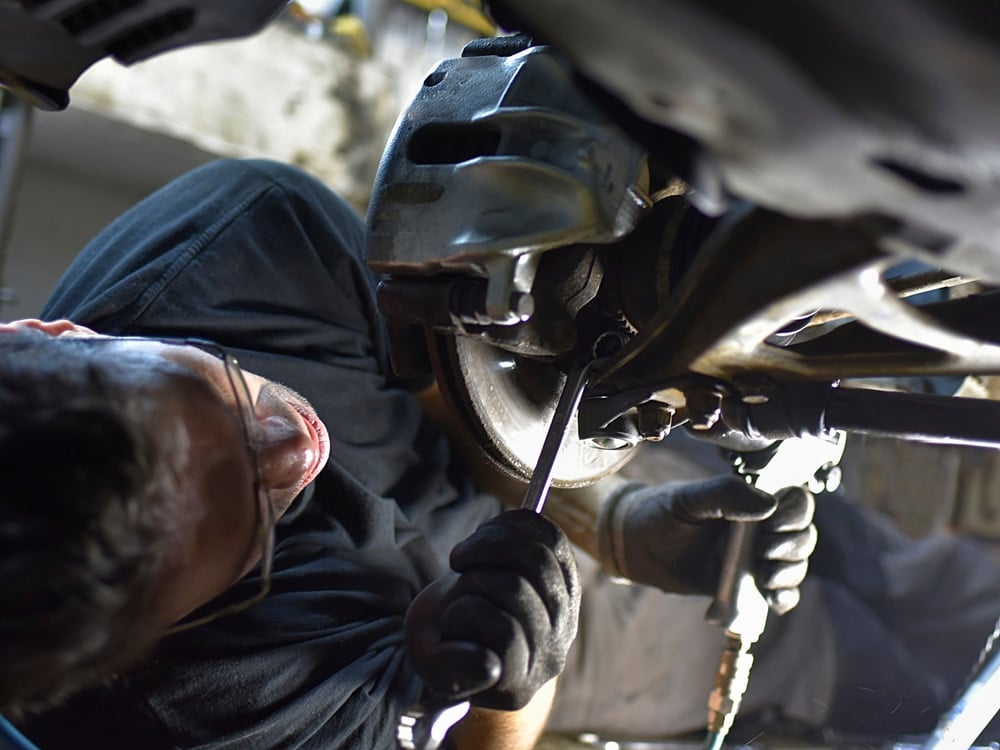
If you want to diagnose the ball joints yourself, there is a simple test you can perform. The main reason you would run this test is that you have noticed the symptoms we listed above.
- Park the vehicle on a flat surface.
- Engage the parking brake. You could also put wheel chocks behind the back tires, just to keep it from rolling.
- Jack up the front of your vehicle. Secure it on a durable set of jack stands.
- Grab hold of the bottom and top of your tire.
- Rock the tire in and out, moving along the axis of the wheel. You should notice a minimal amount of play or none at all if the ball joint is in good condition.
- If noises occur or you notice play, it’s likely you have a ball joint that is going or is bad. If you notice the noise from the top of the tire, it’s the upper ball joint that’s giving you trouble. Otherwise, noise from the bottom shows that the lower ball joint is your issue.
- Take off the wheel that’s causing the trouble and visually inspect the area. If you notice rust, leaking grease or damage to the ball joint boot, you want to dive deeper. You may need to replace the ball joint and repair any other issues that are causing trouble.
- You can pry apart the ball joint to inspect it further. Listen for clicking noises and watch for play. There shouldn’t be any play in a good ball joint.
- When you are finished with the inspection, put the wheel back on and continue looking at the other wheels.
It’s best to have the bad ball joints replaced as soon as possible, even if there is only minimal play. Otherwise, you could lose control of your vehicle as the conditions get worse. There’s no reason to put your safety and that of others on the road in jeopardy over a part that’s not expensive to replace.
Categories: Estimator, Suspension
